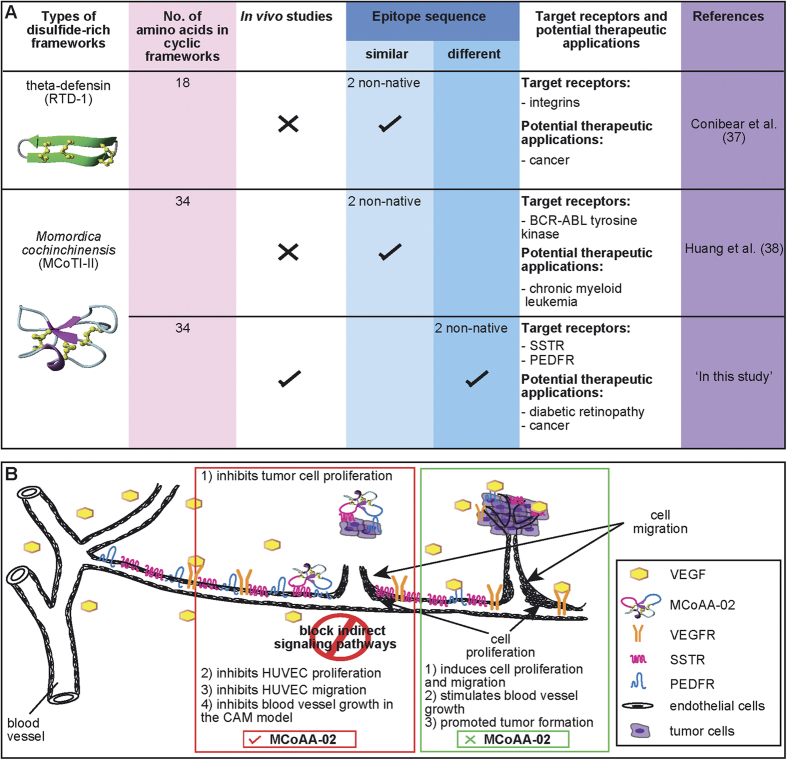Figure 7. A comparison of recent work using cyclic disulfide-rich frameworks for bi-functional studies and a schematic overview of how MCoAA-02 could inhibit the angiogenic process.
(A) A comparison of dual-targeting peptides; specifically, a comparison of the findings of this study to previous work using cyclic disulfide-rich peptide frameworks originating from plant and animal sources. Previous work focused only on grafting two identical epitopes. Our work is the first utilizing the MCoTI-II cyclic framework for the insertion of two different anti-angiogenic targets. (B) Schematic diagram depicting how MCoAA-02 has the potential to act as a dual-targeting cyclic peptide by blocking indirect signaling pathways to exert a synergistic anti-angiogenic effect.

